Things you need to know about funerals and memorial services.
The events of September 11, 2001 continue to dominate our hearts and minds as we grapple with the aftermath of that almost unfathomable tragedy. In the days and weeks to come, the issue of funerals and memorial services will move to the forefront as a major topic for discussion. As an organization that is recognized as a worldwide authority on grief and recovery from significant emotional loss we feel obliged to share information based on our twenty-five years of experience in these matters.
Even as I write that opening paragraph, the fact that we have a wealth of experience and knowledge to share, does not diminish the degree to which I am heartsick for all of the families and loved ones of those who lost their lives.
For twenty-five years we have been educating and assisting grievers who are awash in the emotional cauldron of feelings they experience following losses of all kinds. From the almost unstoppable sense of numbness that immediately follows the death of a loved one, to the unconscious review of the relationship that ended or changed, we have been educating people about what actions to take to recover emotionally even though their physical lives will never be the same.
While it is accurate to say that grief is the normal and natural reaction to loss, we have been taught that our feelings are somehow abnormal and unnatural, and should be hidden and not discussed. As if that were not bad enough, we have been influenced to believe that the recovery period should be three days. Three days is the typical amount of time given for bereavement leave throughout corporate America.
How it Becomes Personal
As we discussed in a prior article called Recovering from Loss and Adapting to a New Reality, those who had relationships with the victims of this event, will begin to discover emotional events that they wish had ended differently, as well as things they wish had somehow ended better. Without exception, there will be things they wish they had done more, or more often, or one last time. These are part of the unfinished emotional content of unresolved grief. These are the things that must be identified and communicated.
Those of us who were not directly connected to anyone who died in the events of September 11 will still find ourselves quite emotionally affected. This national and international loss becomes personal to us, as we connect our sadness about the people who we did not know to the sad events that have transpired in our own lives.
There will be specific funerals and memorials for the individuals who have died, and there will be general memorials for the rest of us, who are grieving the intangible losses of safety, trust, and freedom. As these events unfold, you may find it helpful to have the benefit of some of our experience.
Conclusionary Rituals
We are a society that lives with rituals all the time, yet little is commonly understood about how rituals develop and how they continue to have value for those who participate in them. So, first we need a brief educational understanding of rituals. There are many types of rituals. There are religious rituals, educational rituals, and social rituals, to name only a few. Some rituals can satisfy more than one category. That is to say that a wedding can satisfy both a religious and a secular/social obligation. But at minimum, all rituals must meet the following tests:
- A ritual of any kind must mark a significant progress in the life of an individual[s].
- A ritual must notify the interested segment of society of that progress.
- All rituals have an unchanging purpose. (Although they may take on a vastly different appearance over long periods of time).
Let's quickly look at an example.
The Wedding Ritual:
It can be a religious ritual or a social ritual, or a blend of the two, but in any case it must meet all of the criteria listed above. It does mark a significant progress in the lives of two individuals. It does notifies the interested segment of the society of that progress. (We don't invite people who don't know the bride or groom or their families). And the wedding has an unchanging purpose, which is the exchange of an oath.
I think we can all agree that weddings have changed in appearance over the past forty years. The first wedding I attended was in 1952. The groom wore a black tuxedo and the bride wore white. They were married in church or could have been married at the court house. Recently I saw a picture in the newspaper of a couple getting married while sky diving. For good or bad, things change. While that wedding looked vastly different from the weddings I saw during my childhood, all three major criteria were met, especially the last one, the unchanging purpose - the exchange of an oath.
As we said, some rituals may have to satisfy more than one component. They may need to fulfill social, religious, or educational elements or others. But conclusionary rituals only must satisfy one of those categories, and if that is not understood, the value of participation will be reduced. An example of this is the funeral or memorial service. By definition the funeral or memorial service is technically called the conclusionary ritual. All conclusionary rituals are social rituals, they are not religious, though over time they have become intermingled. If you belong to a religion and before you get upset with the last sentence, keep an open mind and keep reading. What we mean will become clear soon and you will not be in conflict with the idea that conclusionary rituals are always social.
The Conclusionary Ritual (Funeral):
- The conclusionary ritual marks the progress in the life of an individual. In fact it marks the final progress in the life of an individual.
- The conclusionary ritual notifies the interested segment of the society of that final progress. (The purpose of the obituary).
- Finally, the conclusionary ritual has an absolutely unchanging purpose. The unchanging purpose is: To create an accurate memory reflection of the life of the person who died.
As in our example of the wedding which can look different over time, every conclusionary ritual can, and in fact, should look and sound different, so that it conforms to the essential purpose of creating an accurate memory reflection of the life of the person who died.
It is essential that this accurate memory picture be created or the ritual will have little value for grievers. In fact if the conclusionary ritual does not create this accurate picture it can actually make matters worse.
It is now time for a bit of honesty. How many of you reading this have attended a funeral that was held in a church or temple for someone who had not been in a church or temple for twenty years? How could that religious liturgy possibly create an accurate memory picture of the person who lived and then died?
How many of you have attended a military funeral that was held for a person who had not been in the military for sixty years. If someone’s entire military career represented only four of the eighty years of that person’s life, how could that over focus on one aspect possibly create an accurate memory reflection of the life of the person who lived and then died? The obvious answer to all the above questions is that it couldn't. Therefore the ritual had little if any value to the grievers who attended. In fact it may have put them in an untenable position of having to say the service was fine when in fact they were not emotionally moved or helped in any way.
So how do you avoid making these mistakes? For the most part, you will not be called on directly to create a conclusionary ritual. That task typically falls to Funeral Directors and Clergy. You will however, sadly, occasionally be a part of creating a conclusionary ritual. You can be a valuable ally for yourself and your family to assure that the funeral or memorial service for your loved one meets the essential criteria which are emotionally beneficial.
How to plan funerals:
There are three underlying objectives in the creation of the accurate memory picture:
- To help us complete any unfinished emotional business we had with the person who died, so that we can
- Say goodbye to the physical presence we have known, and
- To take on a new emotional and spiritual relationship with them for the rest of our lives.
Here are some guidelines to help assure that you and others you love will derive the maximum emotional benefit from a funeral or memorial service. The outline below lists the categories that will help you determine what would create the most accurate memory picture of the life of someone you and many others have loved. You as well as the other family and friends must review these categories to discover what will help you to remember your loved one as he or she was in life so that you can better complete anything that may have been incomplete in your emotional relationship with them.
The six major life categories are as follows.
- Family activity
- Church or religious activity
- Career
- Community involvement
- Hobbies
- Friends ***
*** In the category of friends, this review should include all of the other categories. There could be separate friends in each category who do not know each other. What they all will have in common is that they too are grieving.
Whether this review is done in the presence of a funeral director or clergy member, or in the privacy of your own home, it will allow everyone to find the memories they have that will contribute to creating an accurate memory reflection of the life of the person who died.
In the Absence of Visual Confirmation
As rescue and recovery operations at the World Trade Center progress, a grim and gruesome reality is becoming apparent. That awful reality is that in a tragedy of this nature and magnitude, many of the bodies of those who perished will not be recovered. We are especially concerned for those family and friends who will not have the evidence of the bodies or possessions of their loved ones to prove conclusively that they have died.
Over the years, you may have observed the tremendous amount of time, energy, and money expended in the search for the bodies of those aboard an airplane that has crashed into the ocean. You may have wondered why such an extensive search was mounted. The explanation relates to an aspect of our human-ness which demands visual confirmation of the information we have received or have been led to believe is true. The absence of such confirmation can have long-term harmful effect on those who naturally seek that proof, even though they want desperately for it not to be true. The classic sufferers are some of the MIA families, many of whom have been waiting and hoping for decades for the safe return of their loved ones. Absent evidence of the death of a loved one, sadly, their own lives are sometimes put on permanent hold.
When called upon, we try to help those who are stuck in a permanent incomplete limbo because they cannot be 100% positive that their loved one has died. Even faced with overwhelming evidence that there is no hope, they persist in believing that there is a possibility that an unlikely conspiracy of events has happened that fans the flames of hope in their hearts. It seems like a cruel trick that the mind plays on people, on top of an already impossible situation.
For any of you who may be interacting with anyone who is confronted with the dilemma of the high probability that one of their loved ones was in one of the buildings or planes involved in the terrorist events, please be gentle with them. Please don’t try to reason with them. Please don’t try to fix them.
Sometimes the best we can do as friends is to be able to acknowledge how difficult and painful it is not to know. We can also encourage them to display as many pictures of their loved one as possible during the funeral or memorial service.
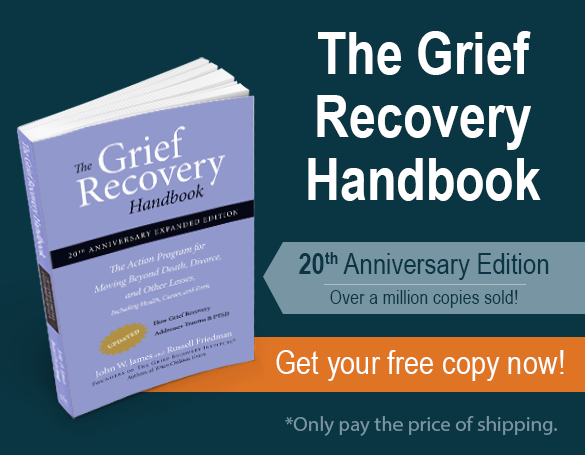











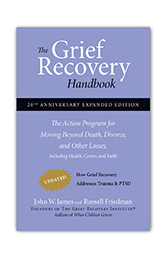
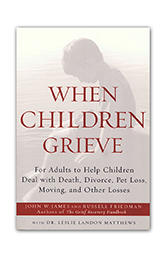
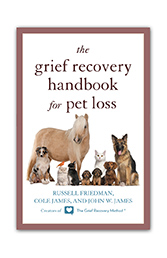
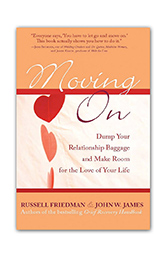
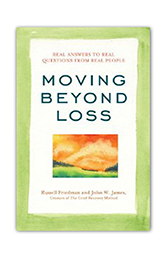
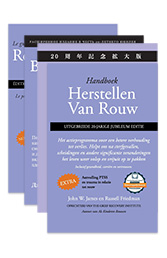




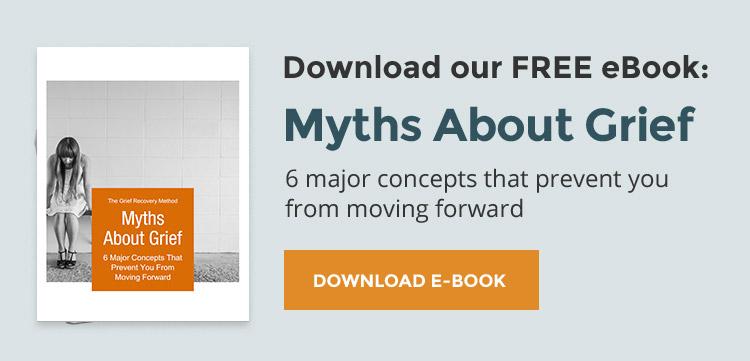

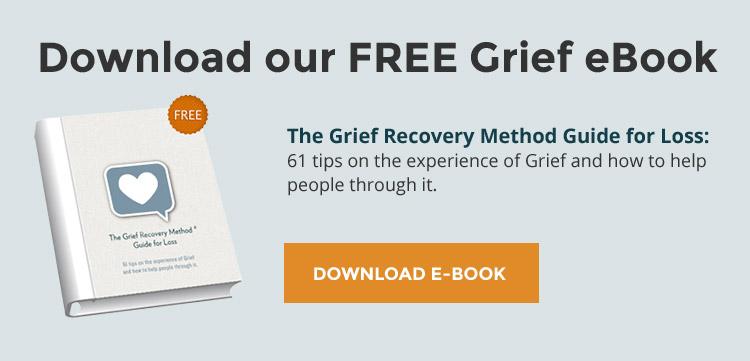
Add new comment